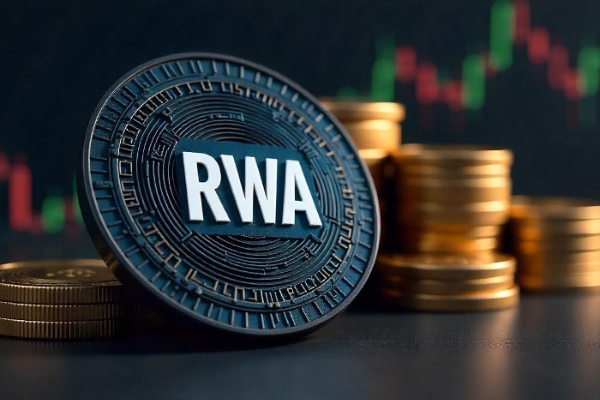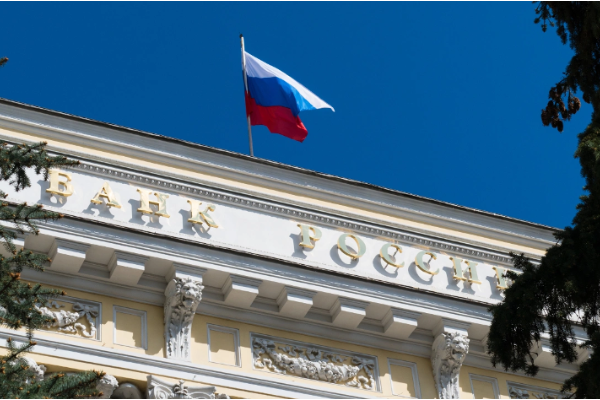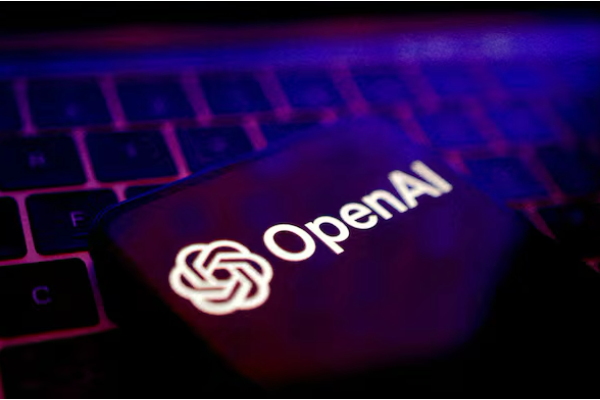Coinshares: Bitcoin hashrate is expected to reach 1 zetta hashrate in July

According to a new report from digital asset investment firm Coinshares, Bitcoin’s network hashrate is expected to reach an unprecedented milestone of 1 Zettahash per second (ZH/s) in July this year. This forecast significantly accelerates previous estimates, highlighting the strong growth and resilience of the Bitcoin mining network.
The report shows that Bitcoin’s hashrate will end 2024 at 778 Exahash per second (EH/s), slightly higher than Coinshares’ earlier forecast of 765 EH/s. The report attributes this performance mainly to the strong trend of Bitcoin prices throughout the year, which incentivized miners to deploy their hardware more quickly.
Looking ahead, the Coinshares team predicts that the hashrate will continue to soar, reaching 1.28 ZH/s by the end of 2025 and possibly reaching 2.0 ZH/s in early 2027. This exponential growth emphasizes the increasing investment and competition within the Bitcoin mining industry.
Reaching the milestone of 1 Zettahash per second (ZH/s) is significant as it signals a more secure and reliable network. Achieving this milestone further eliminates the already limited possibility of a 51% attack on the Bitcoin network. Additionally, the increase in hashrate also indicates that Bitcoin miners are investing heavily in mining hardware, which in itself is a sign of confidence in the future of Bitcoin and its profitability.
Despite the optimism about hashrate growth, the Coinshares report also provides insights into hashrate prices, a key indicator of miner profitability. Despite a modest rebound in hashrate prices this year, Coinshares’ proprietary forecasting model points to a structural gradual decline. The report suggests that hashrate prices could fluctuate between $35 and $50 per Petahash per day (PH/day) during the Bitcoin halving cycle in 2028.
Notably, the average hashrate price is expected to fall below $40 in the first quarter of 2026. This expected decline reflects the continued efficiency improvements in mining hardware and the increasing competitive pressure within the mining industry as more players deploy advanced and powerful machines.
Bitcoin Mining vs. Gold Mining
Meanwhile, the Coinshares report also touches on the gold-versus-Bitcoin debate that has recently been reignited by the latter’s rally, with its price up more than 30% so far this year. However, unlike other reports that focus on the two assets’ ability to hold value, the Coinshares report focuses on a fundamental similarity: their supply is both introduced through mining.
While both gold and Bitcoin mining share cyclical economic characteristics, significant capital investment, and reliance on energy markets, the way these assets are “mined” — one physical, the other digital — leads to a profound industry bifurcation, according to the report.
Thus, while gold mining involves identifying deposits, obtaining permits, and deploying heavy machinery to extract the ore, Bitcoin mining is a digital operation, a constant computational race using specialized ASICs, electricity, and the internet to solve complex math problems. The winner completes the transaction and earns the new coins plus a fee (proof of work).
The inherent costs of mining underpin the scarcity of both assets: Bitcoin through immutable code and competition; gold through physical, geological limitations.
“In contrast, Bitcoin mining is much more dynamic and unpredictable. Companies’ revenues depend not only on Bitcoin’s relatively volatile market price, but also on their share of global hashrate (read: global competition). If others expand their operations more aggressively, your relative output may decline even if your mining operation remains unchanged. This is a variable that operators need to consider on an ongoing basis,” the Coinshares report states.









